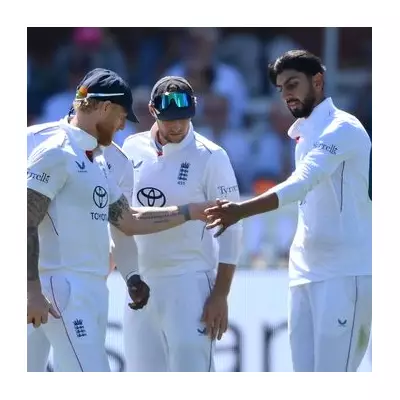
Manchester United's acquisition of Danish striker Rasmus Højlund is proving to be significantly more costly than initially reported, with the final price tag potentially reaching nearly £70 million as performance-related add-ons come into effect.
The Fine Print Revealed
While the initial transfer fee paid to Atalanta last summer was widely reported as £64 million, fresh details have emerged about the complex structure of the deal. The agreement included numerous performance-related clauses that have since been triggered, substantially increasing the overall cost to the Red Devils.
The 21-year-old forward's move to Old Trafford now stands as one of the club's most expensive signings in history, placing him in the same financial bracket as other marquee arrivals under Erik ten Hag's rebuilding project.
Mixed Returns on Investment
Højlund's debut season in English football has been something of a rollercoaster. The young Dane made an immediate impact in European competitions, becoming the youngest player ever to score in five consecutive Champions League matches for Manchester United.
However, his Premier League form told a different story initially, with Højlund experiencing a lengthy goal drought in domestic competition before finally breaking through with crucial goals against Aston Villa and Tottenham Hotspur.
Long-term Project or Expensive Gamble?
United's significant financial commitment to Højlund reflects their belief in his long-term potential rather than his immediate output. Club officials view the Danish international as a cornerstone of their attacking lineup for years to come, despite the steep price tag.
The activation of various add-ons suggests that Højlund is meeting certain performance benchmarks, even if his overall goal return remains a work in progress. His physical attributes, work rate, and evident potential have convinced the United hierarchy that he represents value for money despite the escalating costs.
As United continue their rebuild under ten Hag, the success or failure of the Højlund investment could prove pivotal in determining the direction of the club's transfer strategy for years to come.





